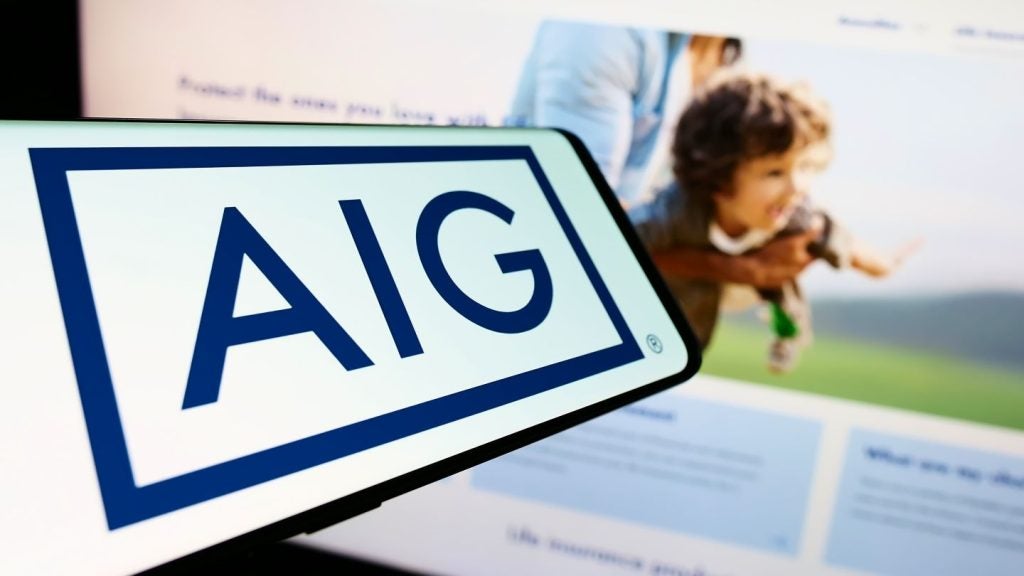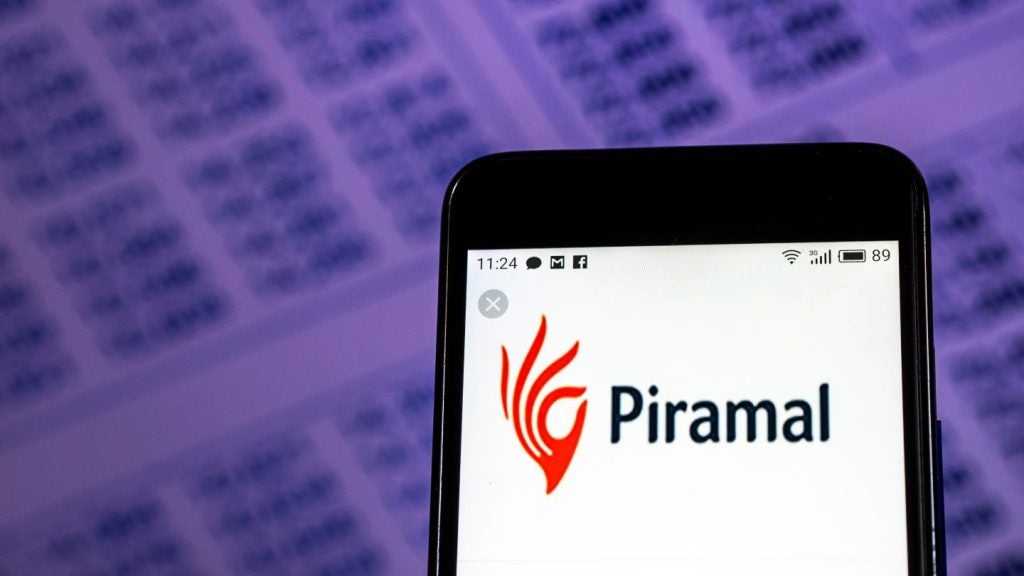Industry Attractiveness
The French insurance industry demonstrated strength amid adverse domestic and international financial market conditions between 2008 and 2012. The world’s fourth largest and Europe’s second largest insurance industry (in terms of gross written premiums), recorded a CAGR of 1.4%, supported mainly by expansion of the non-life and personal accident and health insurance segment.
The industry expanded in gross written premium value from EUR183.3 billion (US$269.7 billion) in 2008 to EUR193.8 billion (US$249.3 billion) in 2012. The country’s insurance penetration rate stood at 9.6%, behind only the UK (11.8%) and Netherlands (13.1%), but higher than the European average of 7.6% in 2012.
Although the worsening of financial markets affected the country’s insurance industry, the impact was mixed for life and non-life segments. The life insurance segment suffered much more deterioration in demand, especially in 2011. The low interest rate environment, subdued job market and competition from the banking sector for funds adversely affected the demand for long-term insurance products. In contrast, the non-life segment maintained a stable rate of growth, mainly supported by a rise in natural disasters that led to an increase in premium rates.
The French insurance industry is highly competitive and contains one of the largest numbers of insurance companies in Europe. According to the Autorité de Contrôle Prudentiel (ACP), the French insurance regulator, there were total 318 authorized insurance companies operating in France at the end of June 2013. Out of these, 62 were life and composite insurers, 216 were non-life insurers and 40 composite insurers. There were 19 reinsurers operating in the industry in 2011.
The proposed implementation of Solvency II norms will force smaller companies to merge with larger companies to meet the necessary higher capital requirements. The trend towards consolidation is already visible with number of licensed insurers declining from 337 in 2010 to 318 at end of June 2013.
The insurance industry is dominated by the life segment, which accounted for 65.5% of the gross insurance premium in 2012. The pension category accounted for 82.3% of the life insurance segment’s gross written premiums in 2012. Non-life insurance was the second-largest segment with a 24.5% industry share, followed by personal accident and health with 10.3% in 2012. Property insurance accounted for 49.9% of the gross written premium of the non-life segment in 2012, followed by motor insurance with 40.5% share.
Insurers in France employ various channels to distribute insurance products. Bancassurance was the preferred channel, accounting for 60.8% of the total life insurance commission paid in 2012. Agencies were the largest channel of distribution used by the non-life insurers and accounted for 34.5% of total commission paid. Insurance companies are extensively developing the web-based sales platforms and increasing their emphasis on e-commerce to reign in acquisition costs.
The industry is expected to grow at a CAGR of 2.2% from 2013 to 2017, led by improvement in general economic conditions and measures taken by companies to underwrite profitability. Companies will reduce costs and diversify risk by expanding into emerging markets. Increases in rates of non-life products due to rise in natural disaster will support the growth. Rising healthcare costs and an aging population will help in the expansion of personal accident and health insurance products. However, the ongoing sovereign debt crisis and July 2013 economic downgrade by Fitch Ratings, reflect the challenging operating conditions for the country’s insurance industry.

Access deeper industry intelligence
Experience unmatched clarity with a single platform that combines unique data, AI, and human expertise.
Segment Outlook
France has a highly developed and mature life insurance segment. It is the second largest in Europe in terms of gross written premium, after the UK. The segment accounted for 65.5% of the industry’s gross written premium in 2012. Turbulent financial and economic conditions adversely affected the segment’s performance between 2008 and 2012. The segment posted a CAGR of 0.9%, with gross written premium expanding from EUR122.4 billion (US$180.0 billion) in 2008 to EUR127.0 billion (US$163.4 billion) in 2012. The segment’s penetration rate remained stable at 6.3% in 2012.
The volatile financial market and sluggish economic growth created a poor investment environment in the country. Low interest rates made French consumers reluctant to make investments in long-term products such as life insurance. Instead they preferred to invest in short-term and liquid banking products. The pressure was felt on existing policies with increased surrender value and non-payment of premiums. The number of active life insurance policies declined from 40.15 million in 2010 to 36.77 million in 2012. French life insurers are finding it difficult to maintain profit margins due the increasing price competition in the segment.
Pension products were the leading French life insurance product category from 2008 to 2012. Pension policies accounted for 82.3% of the segment’s premiums in 2012. Similar to several other Western European countries, France has an aging population, a contracting workforce and an increasing pension deficit. These factors will drive the long-term demand for private pension schemes. Aside from the mandatory contribution towards pension funds, French nationals also invest in privately managed voluntary pension plans.
Bancassurance dominated the life insurance distribution network. The channel accounted for an average share of 60.6% of the life insurance commission paid from 2008 to 2012. Most of the leading French banking companies established their own insurers to provide life insurance. These companies distribute policies through their own banking networks. The bancassurance channel is expected to continue to dominate the market , although its share of total written premiums generated is expected to decline marginally to 59.9% in 2017 from 60.6% in 2012.
French life insurers are expected to undertake restructuring initiatives due to Solvency II, and reduce their operational costs to contain any resultant losses. Smaller insurance companies are expected to merge with larger firms to sustain business. Challenges facing the life insurance segment are encouraging insurers to focus on minimizing acquisition costs when writing new business to maximize underwriting profits. This is being achieved by expanding products and services into emerging markets. The recent reforms of Insurance Code are expected to help diversify insurers’ investment income. The European debt crisis, depressed consumption rates and a weak investment environment will act as challenges for the growth of the life insurance segment.
Distribution Channels

US Tariffs are shifting - will you react or anticipate?
Don’t let policy changes catch you off guard. Stay proactive with real-time data and expert analysis.
By GlobalDataFrench life insurers employ diverse distribution channels to cater to the different customer needs and demographics. The main distribution channels for life insurance products are bancassurance, agencies, brokers and direct marketing. Of all the channels, e-commerce recorded the fastest growth, posting a CAGR of 9.7%, primarily due to the cost-control measures and a trend in the online purchase of insurance products.
The popularity of the bancassurance channel is mainly due to the presence of large financial institutions in the French insurance industry and companies entering into agreements with leading banks to market their products. It is the most popular channel for distributing pension products and other savings-type life insurance products with post-retirement benefits. The bancassurance channel accounted for 60.8% of the total written premiums generated by distribution channels in 2011.
Most of the leading French banks have established their own insurance companies to provide life insurance services, due to the success of bancassurance,. The most common bancassurance arrangement in France is the integrated model in which banks partner with wholly-owned captive insurance subsidiaries. The leading life insurance companies in France include banks such as Credit Agricole and Credit Mutuel, which distribute life insurance policies through their banking networks. The bancassurance channel is expected to remain the leading distribution channel over the forecast period. The number of policies sold through this channel is expected to increase from 3.2 million in 2011 to 3.5 million in 2017, at a CAGR of 1.8%.
Increased internet penetration rates have strengthened the direct writing channel. Direct marketing and brokers comprise the second and third-largest channels in terms of the distribution of life insurance products in France. They accounted for 19.5% and 12.4% of the written premium for new business respectively in 2012.
An authorized agency also plays an important role in the expansion of the French life insurance segment. In 2012, agencies generated an average 7.4% of the total new business written premiums from 2008 to 2012. The primary reason for this is agencies geographical reach and established networks, making it an efficient and affordable channel for distribution. In addition, the channel offers insurance companies a large client base, a strong brand reputation and an existing sales force at a relatively low cost.
Bancassurance and direct marketing will remain the key distribution channels for life insurance products. The combined share in total commission earned is expected to reach 76.4% by 2017. Life insurers are being forced to reduce their administrative and customer acquisition costs in order to remain competitive. New strategies will include cost-control measures, achieving economies of scale, and increasing transparency to restore consumer confidence.
Key Trends and drivers
A reform was introduced to the Insurance code of France by Ministry of Economy and Finance according to the French Federation of Insurance Companies (FFSA) in 2013. The reform will allow insurance companies to lend directly to non-listed companies, such as small and medium size enterprise (SME). This will expand the investment option for insurance companies and offer opportunity for growth in terms of diversification of income.
Given the high competition and pressure on margins in the domestic industry, the French non-life insurers are looking to expand outside the country. In order to diversify risk and attain faster growth, French insurers are going for merger and acquisition in the overseas markets.
Furthermore, the average life expectancy of the French population increased from 78 years in 1998 to 82 years in 2012. Life expectancy is used to calculate the premium paid by the policyholder when purchasing a life insurance policy and, as life expectancy increases, the premium charged increases significantly. The increasing life expectancy in France is expected to support the growth of the life insurance segment such as pension, superannuation and individual life products.
Like most of the countries in the European region, France is facing the problem of aging population. In 2012, the French population above the age of 64 accounted for 17.5% of the country’s overall population, which higher than UK and US at 16.8% and 13.3% respectively during the same period. Furthermore, population above the age of 64 is expected to increase to 24.9% by 2050 according to OECD estimates. Aging population created a significant demand for life insurance products in France, especially for pension and retirement plans. Due to the impact of France’s aging population, pension life insurance policies have gained large shares of the total life insurance segment’s written premiums.







